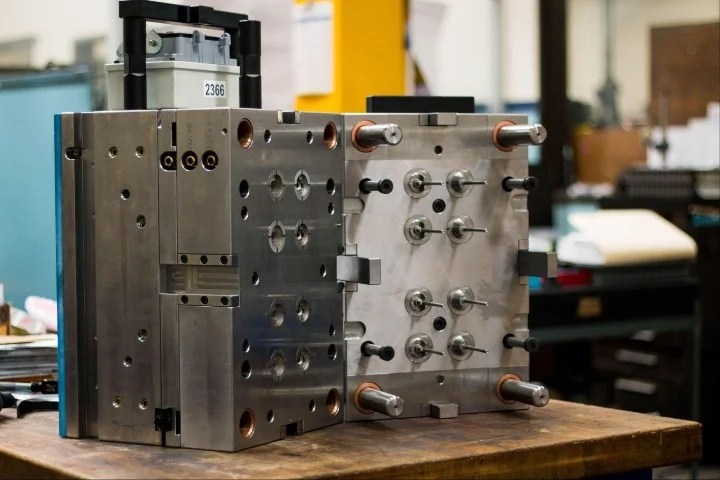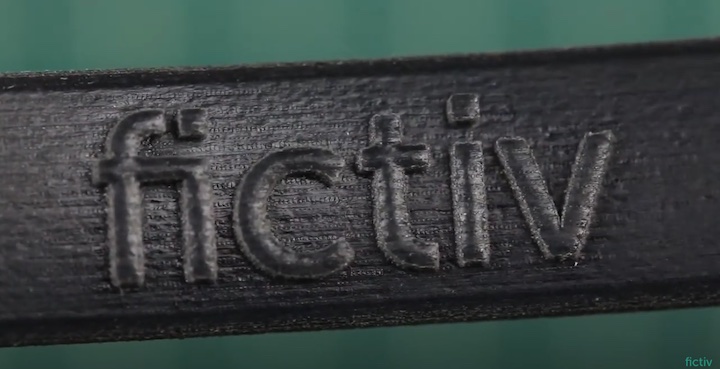Time to read: 7 min
Known for a having a hardworking and meticulous nature, Abraham Lincoln once said, “Give me six hours to chop down a tree, and I will spend the first four sharpening the axe.”
While you probably aren’t reading this article for tree-felling advice, what Abe was getting at is that careful planning is important for any task. A large up-front investment in a project can save you both time and money in the long run.
With CNC machining, like tree-felling, planning is especially critical. People new to the process may assume that the high level of automation involved will result in quick, cheap, and easily producible parts. The truth is that the cost that goes into simply owning and maintaining a CNC machine must be factored into the costing equation to machine any component. Getting your quote back and learning that a single part may cost hundreds of dollars to make can be a real shock.
There are ways to reduce CNC machining costs though—certain factors in part design drive CNC cost more than others. By being aware of these factors early on in your development cycle, you can put some money back in your pocket, while not sacrificing quality.
Reduce Your Material Cost
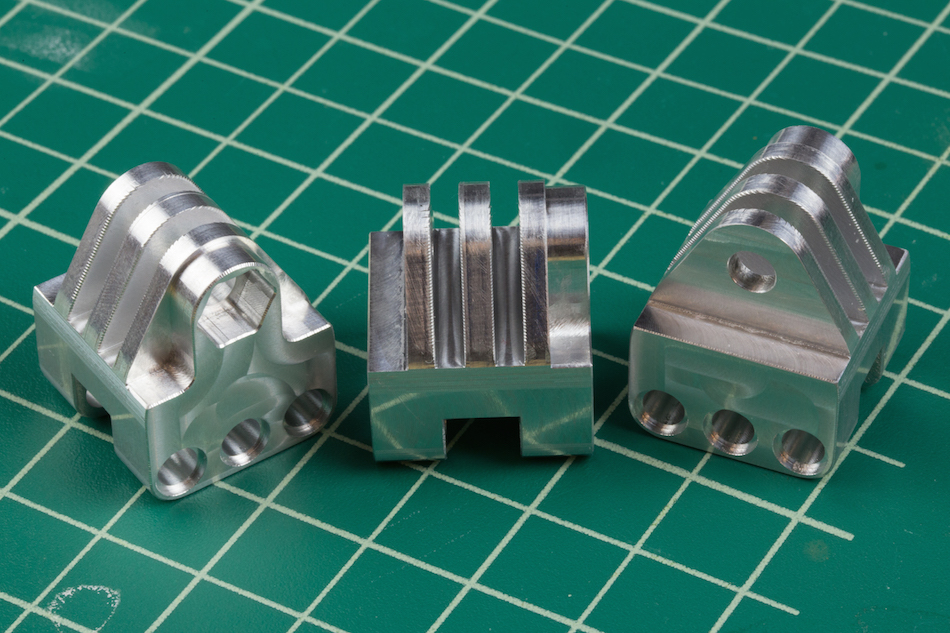
If you’re going to make any sort of part, you first need to decide the material. Many excellent materials can be CNC machined, each with its own unique set of properties, applications, and costs. The price of different raw materials can vary widely but is usually based on general availability, as well as the difficulty to produce that material in a specific stock type (tube stock or especially thick sheets, for instance).
| Material | Description | 2016 Cost | 2022 Cost |
| ABS | Commonly Used; Cost-Effective | $17 | $20.17 |
| PEEK | Robust and Dimensionally Stable | $300 | $365.14 |
| 6061 Aluminum | Lightweight; Heat Treatable | $25 | $47.81 |
| 304 Stainless Steel | Multipurpose SS | $140 | $109.40 |
| 316 Stainless Steel | Superior Corrosion Resistance | $308 | $336.03 |
In general, you should simply choose the cheapest possible material that still fulfills your design requirements. If you are just doing functional prototyping, try to stick to cheaper options, like ABS or CNC machining aluminum. On the other hand, if you’re designing an implantable medical device, you’ll probably be forced to use pricier materials, like stainless steel or titanium, due to biocompatibility.
Check out our CNC materials page to learn about Fictiv’s material offerings for CNC, including a comparison of price range and common applications of each material. Review our Capabilities Guide for details on what Fictiv can offer your team.
Reduce Setup Time
Besides thinking about what your part will be made from, it is also important to think about how it will be made. Here’s where things start to get a little tricky, as there’s often more than one way to machine a part. We’ll start by looking at how design dictates the amount of setup time prior to machining.
Setup time, which consists of CAM (computer-aided manufacturing) programming, as well as machine setup and part fixturing, is commonly known as non-recurring engineering (NRE) cost. It typically makes up a large portion of a machining bill at the prototyping stage and should be minimized as much as possible.
At Fictiv, all milled parts are produced using either a 2.5-axis, 3-axis or a 5-axis CNC machine. It’s wise to assume your parts will be made on a 2.5/3 axis machine, due to their common availability. With this machine type, aside from the part profile, features can only be machined on one side at a time.
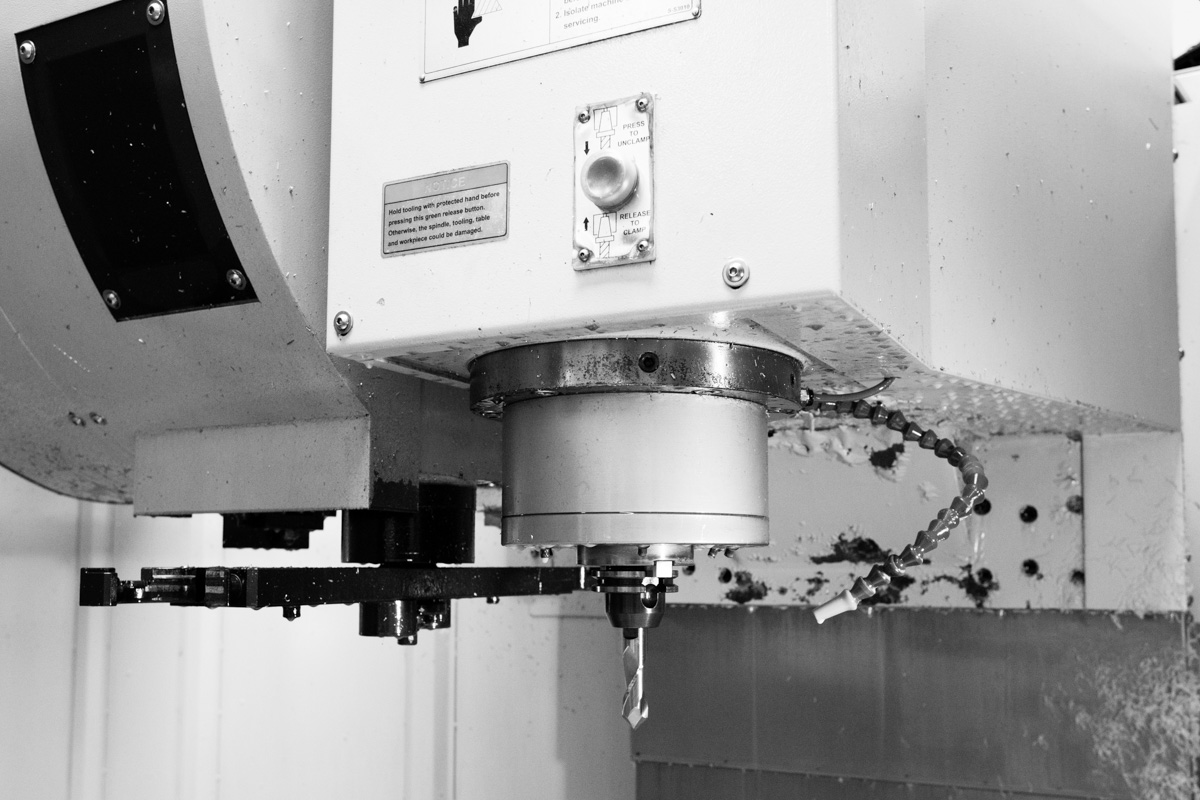
Most parts can be machined in six setups or less, as they are made from a six-sided, prismatic piece of stock material, such as a sheet, bar, or strip, that’s held in place by a vice or vacuum table (or sometimes just double-sided tape!). You should try to reduce this number as much as possible—1 or 2 is ideal—as each setup requires its own CAM program and fixturing step.
Tips to Reduce Setup Time and Minimize Cost:
- Instead of having a solid piece of material machined on multiple faces, consider breaking up the design into multiple components which can be easily machined and assembled later.
- Attempt to simplify designs by allowing all machining to be done on a single face or only on faces which are exposed at one time during a single setup.
Always consult with your manufacturer if you would like tips on how to reduce CNC machining setup costs. The experts at Fictiv are happy to help and with our intelligent platform, you can get instant Design for Manufacturing feedback.
A Word on Special Fixtures
Occasionally, your part may have features that require non-standard fixturing, which is another source of added cost. These types of fixtures are varied enough to warrant a separate discussion, but below are two common, specialized fixtures along with the features to avoid if you are trying to lower CNC machining costs.
Tips to Avoid Special Fixturing
- Soft Jaws—parts with complex or organic geometry cannot always be held reliably in a standard vice, so a set of jaws with geometry mirroring the part surface are machined for a better grip. Reduce geometric complexity where possible to eliminate the use of this fixturing method. If geometric complexity cannot be reduced, break the component up into simpler parts that may be later assembled.
- Sine Bar—parts with features not parallel or normal to stock surfaces, i.e., as a hole at a 30-degree angle, will need to be set up using this device, which allows the workpiece to be held at custom angles. Try making features parallel to the normal stock surfaces to avoid the need for sine bars.
Increase Quantity to Reduce Unit Cost
The good news about NRE cost, as its name suggests, is that it is non-recurring or a one-time expense. That means if you’re making multiples of the same part, the same CAM programming and fixturing can be used over and over, or multiple parts can be cut at once from the same stock piece.
Tip to Avoid Excessive NRE Costs: Reduce custom CNC work costs, one-offs. I recommend making more than one of each part, so that your unit cost is lower, but not so many that you’re making unneeded parts.
Reduce Machining Time
The last aspect of cost savings to consider is the actual time it takes to machine your part. For the most part, the time it takes to machine a part is dictated by the two things you’ve already taken into consideration: material and part design.
1. Impact of Material Type
If your functional requirements allow you material flexibility, choosing the most machinable material should save money. In general, harder materials take longer to machine, due to the risk of breaking tools, but there are also exceptions to this rule. A few tips to keep in mind:
- Cutting plastics too fast will cause the tool to rub the material, rather than make smooth cuts, leaving an undesirable, smeared surface finish.
- Aluminum, though harder than plastics like ABS, is slightly easier to machine, although material cost may be a tradeoff.
- In the case of steels, the higher the carbon content of the alloy, the harder it is, and the more difficult it is to machine. Try to aim for a low carbon version of an alloy, if possible (e.g., 316L over regular 316). 303 Stainless Steel is the fastest to machine.
- Metals alloys with magnesium or zinc, such as brass, are highly machinable.
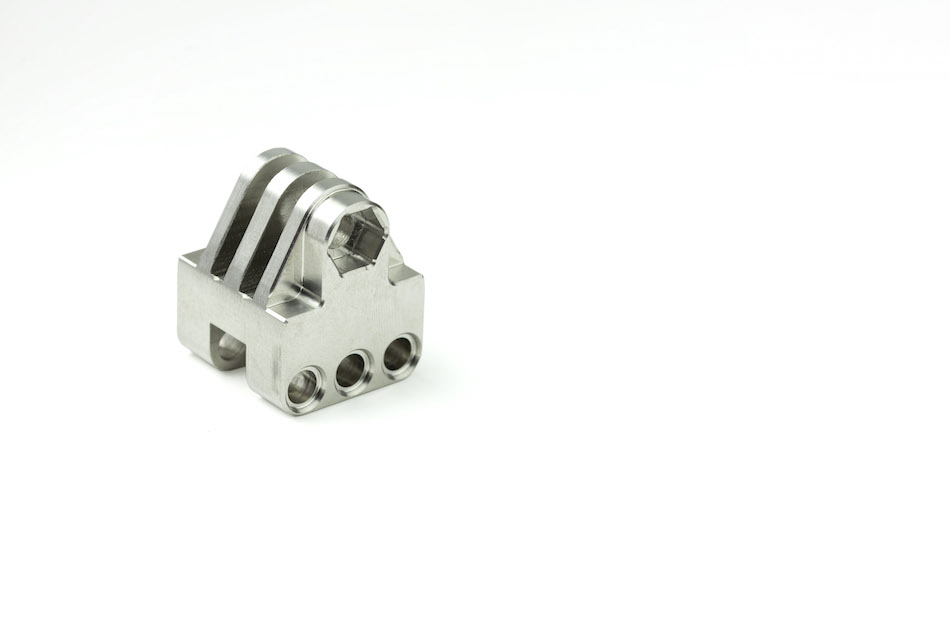
On our CNC capabilities page, you can see an overview of the machinability of each material.
2. Impact of Design on CNC Part Machining Cost
Your functional requirements will likely drive part design, but here’s a list of considerations to keep in mind:
- Tolerances—Tighter tolerances = higher cost. Fictiv holds all its CNC vendors to ISO 2768 medium tolerance class designation when a tolerance isn’t specified. This tolerance class is a reasonable standard for prototyping purposes and a good place to start when you are looking to apply tolerances to a drawing.
- Hole size & depth—Deep, narrow holes are slow to machine accurately and prone to tool breakage. Avoid if possible as these add extra costs.
- Internal radii—The smaller the radius, the smaller the end mill required to create it. The smaller the endmill, the slower it must machine. Go as big as is practical.
- Depth of cut—Like holes, extra deep pockets take a long time to machine and may require special-order tools. Try to go no deeper than 10X your smallest internal radius (5X tool diameter).
- Wall thickness—Thin walls require extra care. Fictiv’s recommended absolute minimum is 1.0mm for plastics and 0.5mm for metals.
- Undercuts—Certain features, such as O-ring grooves or keyways, can (and often must be) machined with a tool made specially for undercuts. Any time specialty tooling is used, expect costs to increase.
Main Takeaways
There are many considerations that can help minimize CNC machining costs. Remembering every single one of them can be challenging, especially if you’re new to product design and development. To help speed along your planning when you get to this stage, just remember the following three main cost-drivers you should aim to minimize:
- Material costs, including stock size and material worth
- Fixturing setups, both in number and complexity
- Machining time, by eliminating tricky part features and geometry where possible
Keep these tips in mind early on in your design process to maximize the value of these cost-saving approaches, and soon enough the techniques will become second nature to your workflow.
Fictiv is the ultimate manufacturing partner, providing an intelligent platform to upload your 3D models or 2D drawings for an instant quote and DfM feedback. We are experts for your Injection Molding, Urethane Casting, 3D Printing, and CNC machining services.
If you’re ready to start uploading your CNC machining design files, you can visit Fictiv for an online quote in minutes.
